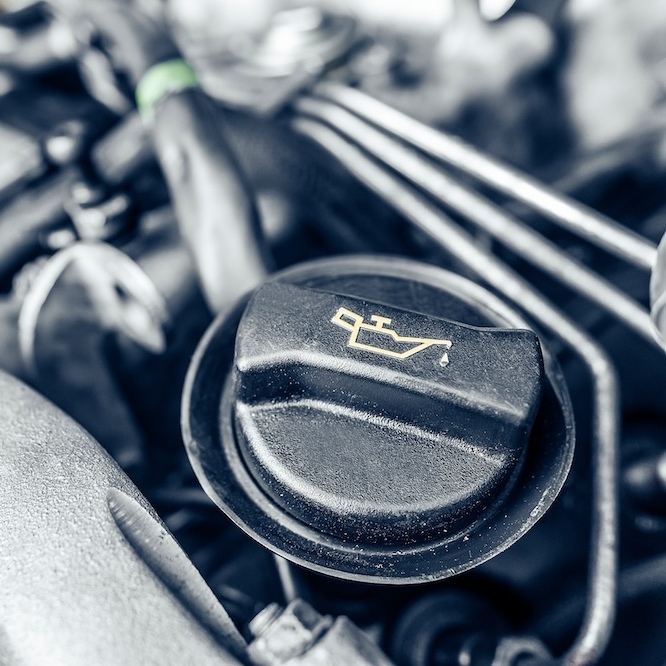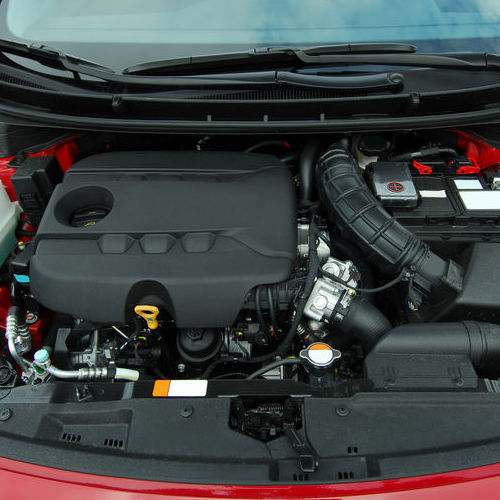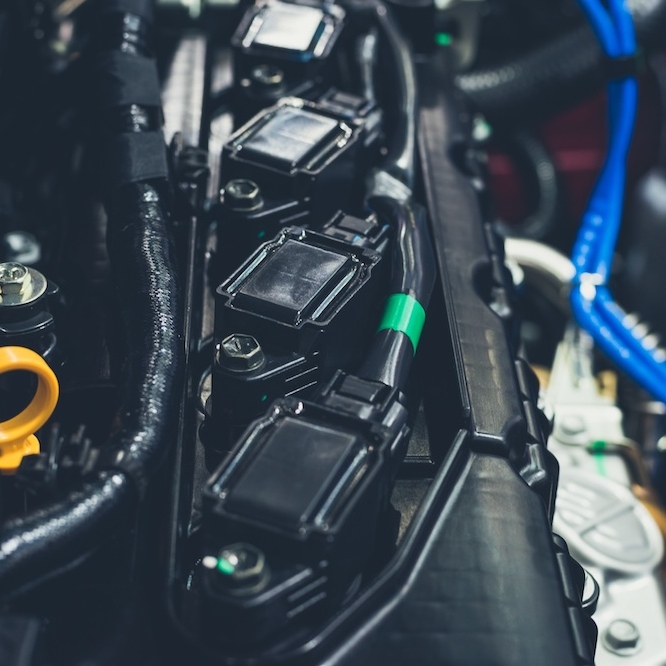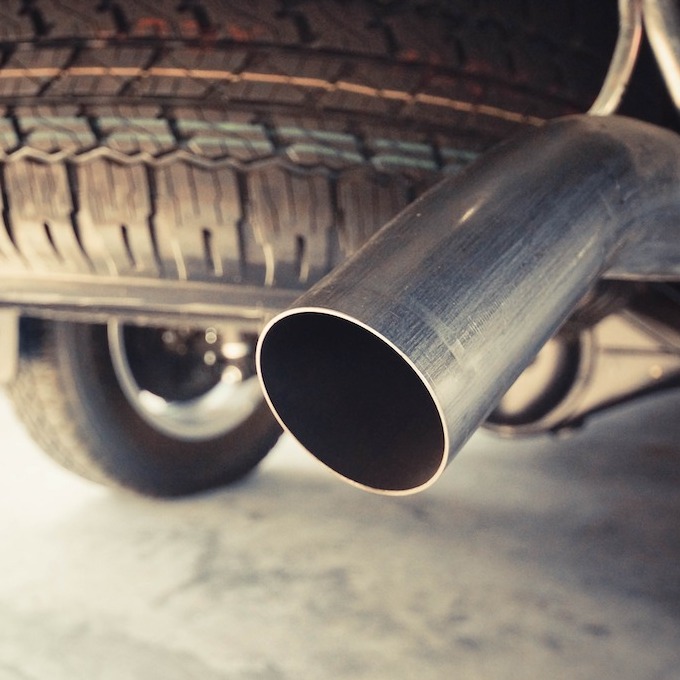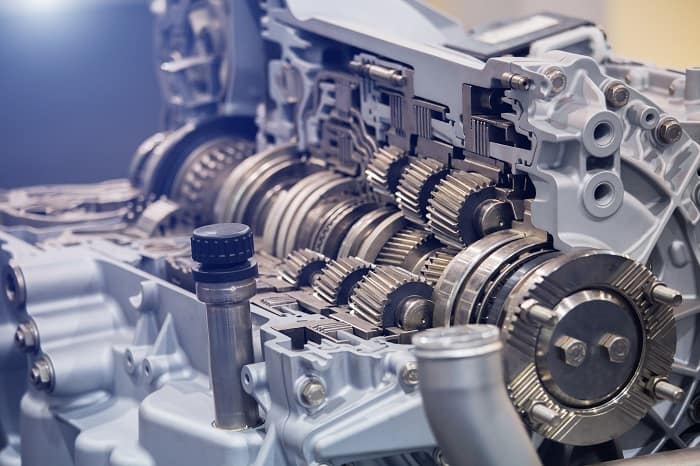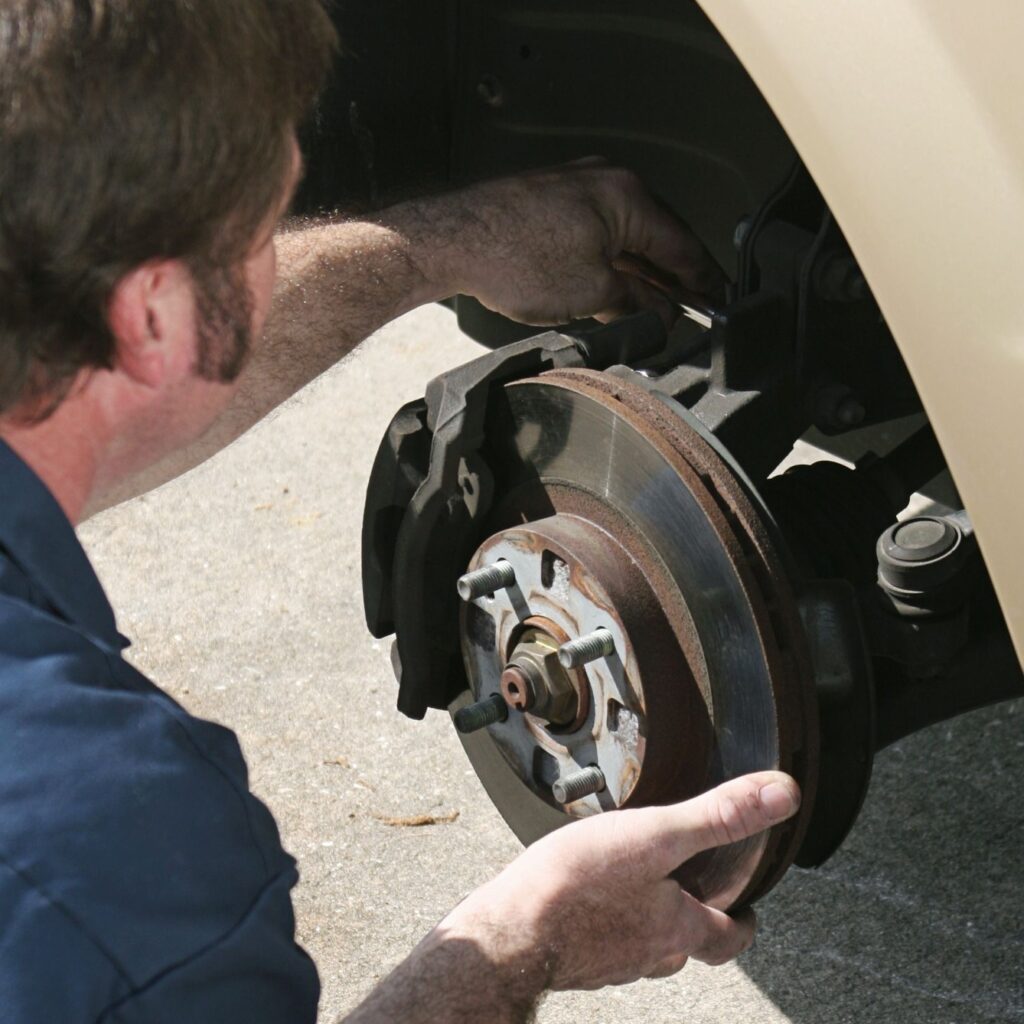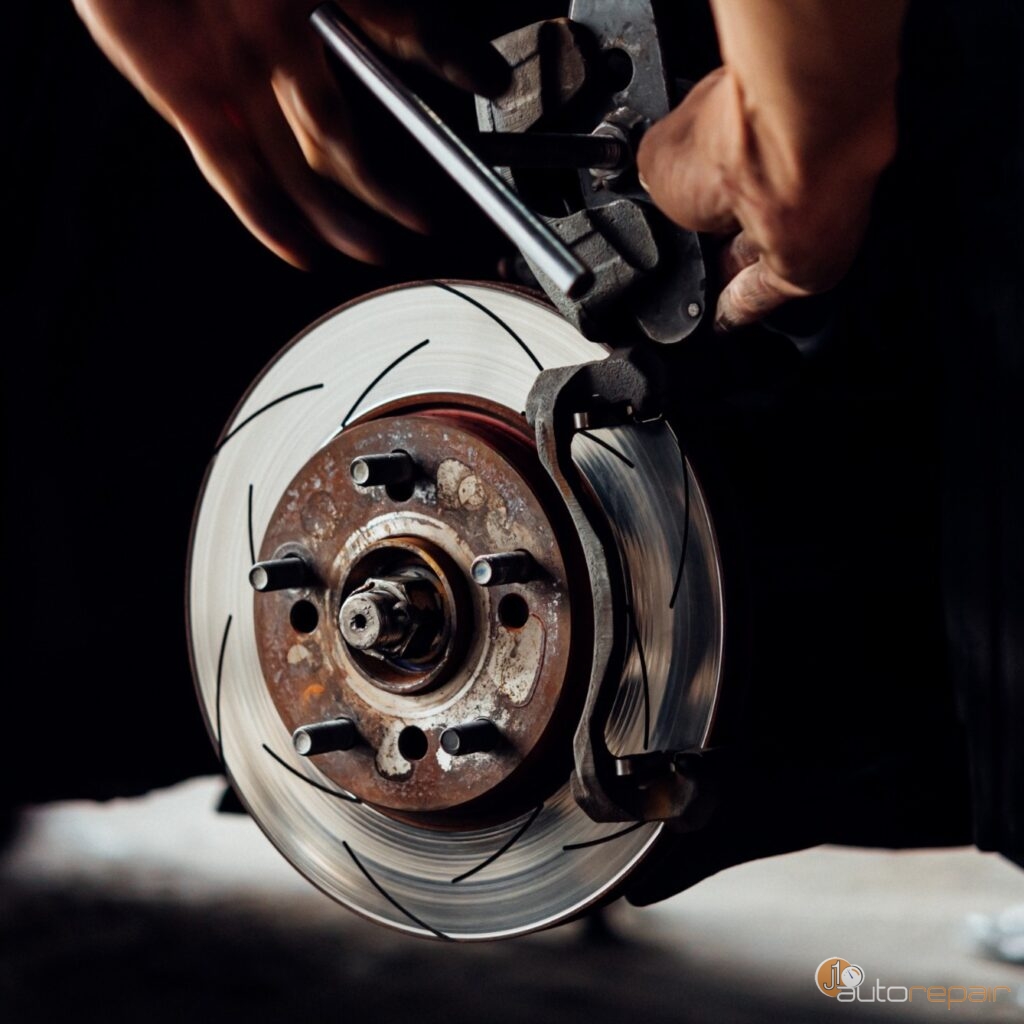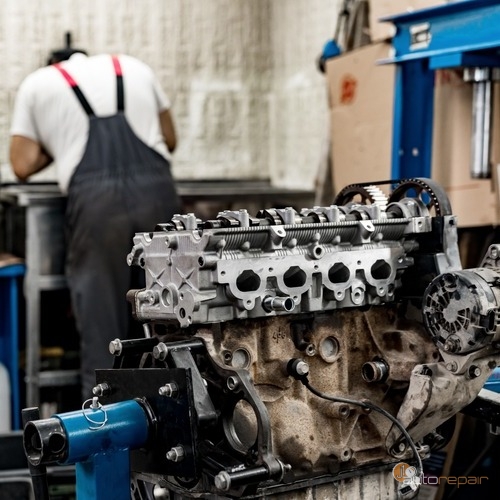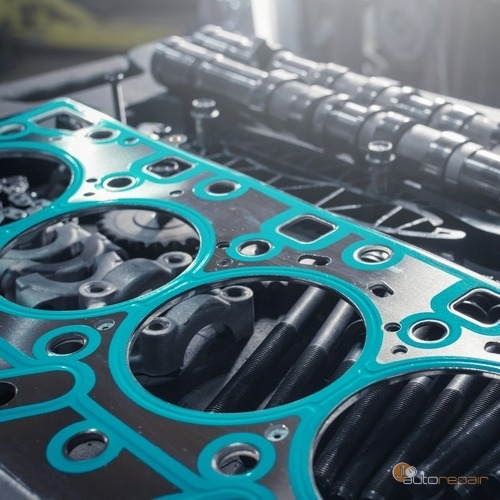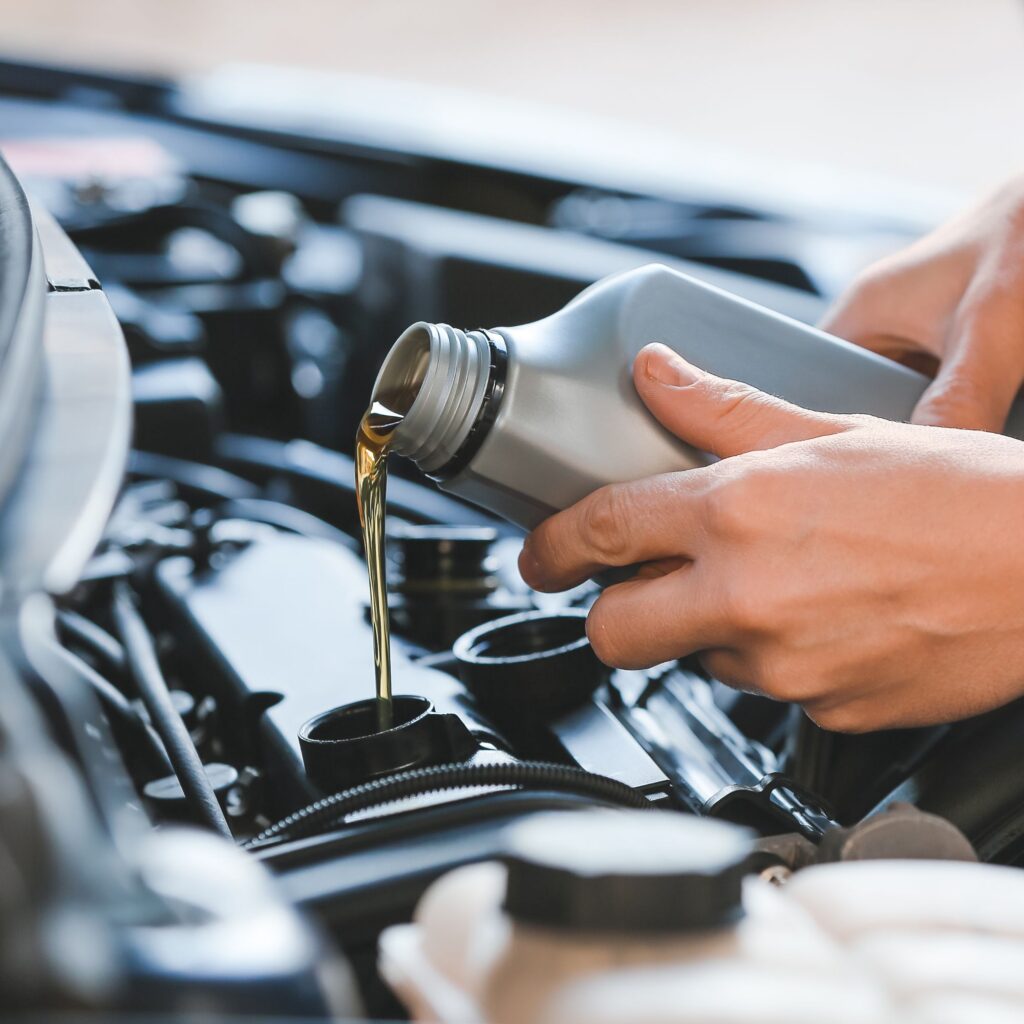
Regular Car Maintenance Schedule
A car maintenance schedule is crucial for ensuring the longevity, reliability, and performance of your vehicle. Things like tire maintenance, regular oil changes, and brake system maintenance can help ensure that your car stays fully functional for years to come. Here’s a comprehensive guide to help you create and follow a maintenance schedule. And if you need to schedule a vehicle service in Lombard and Wheaton, IL, reach out to the professionals at J1 Auto Repair. We work on a variety of makes and models, have years of experience, and stand behind all our work. Give us a call to schedule any of the services below.
Regular Oil Changes
Oil changes should be scheduled every 5,000 to 7,500 miles or as recommended by the manufacturer. This is important because regular oil changes prevent engine wear and prolong engine life by providing proper lubrication and removing contaminants.
Fluid Checks and Replacements
Check engine coolant levels and condition every 12 months or as recommended by the manufacturer. Replace coolant as needed to prevent overheating and corrosion. You should also check brake fluid levels and condition every 12 months. Replace brake fluid every two to three years or as recommended. Transmission fluid levels should be checked periodically and replaced as recommended by the manufacturer. Power steering fluid levels and condition should be assessed periodically. Replace power steering fluid as recommended.
Tire Maintenance
Rotate your tires every 6,000 to 8,000 miles to ensure even wear and prolong tire life. Tire pressure should be checked monthly and adjusted as needed according to the manufacturer’s recommendations. Finally, drivers should check wheel alignment annually or if you notice uneven tire wear or vehicle pulling to one side.
Brake System Maintenance
Inspect brake pads, rotors, and brake lines regularly for wear and damage. Replace brake pads as needed and resurface or replace rotors if worn. Flush brake fluid every two to three years or as recommended to maintain brake performance and prevent corrosion.
Keep Your Car in Good Condition with Regular Maintenance
Air Filter Replacement
Replace the engine air filter every 12 months or as recommended by the manufacturer to ensure proper airflow and engine performance. A clean air filter prevents contaminants from entering the engine, improving fuel efficiency and prolonging engine life.
Battery Maintenance
Regularly check battery terminals and cables for corrosion and secure connections. Test battery voltage and condition annually or if you experience starting or charging issues. Replace the battery as needed, typically every three to five years depending on usage and climate conditions.
Scheduled Inspections and Tune-Ups
Follow the manufacturer’s recommended schedule for routine inspections, tune-ups, and scheduled maintenance services. These services may include checking and adjusting ignition timing, replacing spark plugs, inspecting belts and hoses, and performing general vehicle diagnostics.
Check Engine Light and Diagnostic Scans
Address any illuminated warning lights promptly, especially the check engine light. Use diagnostic scans to identify and address potential issues before they worsen.
Seasonal Maintenance
Prepare your vehicle for seasonal changes by checking and servicing components such as the cooling system, heating system, windshield wipers, and battery.
By following a comprehensive car maintenance schedule and addressing issues promptly, you can ensure the longevity, reliability, and performance of your vehicle, ultimately saving you time and money on repairs and replacements in the long run. If you need car maintenance in Lombard and Wheaton, IL, reach out to our professionals at 630-932-4427. We look forward to serving you.

